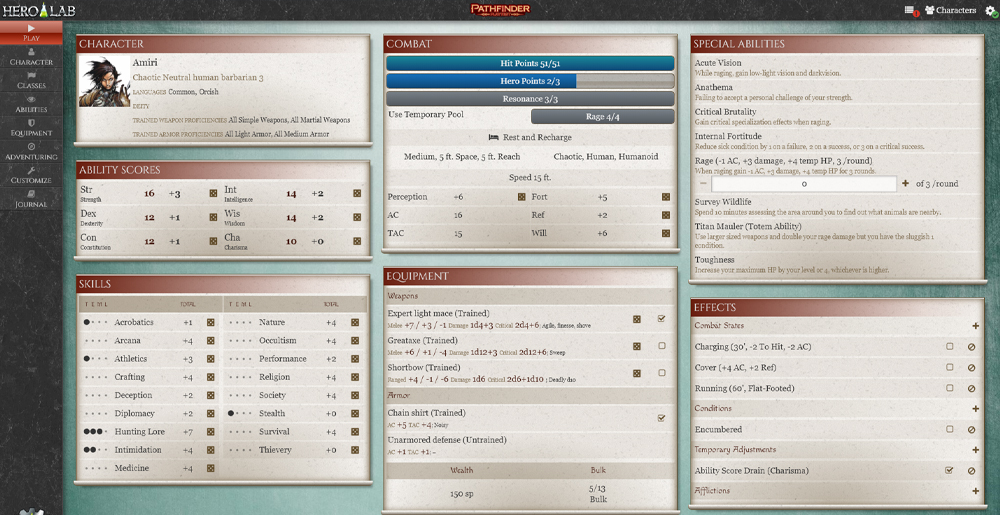

Stab into the agar surface at the last part of your streak. Streak the other half of the blood agar plate to check for hemolysis. Incubate for 24 hrs at 37☌.Ī zone of growth inhibition ≤16 mm in diameter in a coagulase(-) staph is indicative of S. Place a novobiocin disk lightly onto the surface. Swab half the surface of a blood agar plate. Incubate for 24 hours at 37☌.ĭilute colonies from a pure culture into sterile saline to a 0.5 McFarland standard. Hold your diluted tube and the 0.5 McFarland test standard against the black-lined McFarland reference card to accurately rate the turbidity.Īdd a loop-full or 0.5mL of a pure culture to 0.5mL rabbit plasma. Staphs & Streps are Gram positive Enterics are Gram negativeĭilute your organism in a tube of sterile water to obtain a turbidity equivalent to a 0.5 McFarland test standard. Table 1: Brief Description of Biochemical Tests for Staphylococcus Organisms.

Biochemical Tests for Staphylococcus Organisms You will need to look up the individual test for a more detailed description, including the biochemical basis of each test.
HERO LAB ONLINE BETA MANUALS
More complete information on selective & differential media can be obtained by consulting the Difco manuals in lab. You will find more specific procedures for specific biochemical test on the following pages. We have included the basic procedure for doing many common biochemical tests below. You will only be working with organisms from the first two families. Four main families with numerous genera and species comprise the Gram negative enteric: Enterobacteriacea, Pseuodmonadaceae, Vibrionaceae, and Camplyobacteraceae. The Gram negative enterics are important both as natural flora in the intestinal tract and as pathogens of disease in the gastrointestinal tract and other sites. Gamma hemolytic species are non-hemolytic, having no apparent effect on red blood cells. Beta hemolytic species produce a hemolysin that forms a clear zone around the colony, indicating complete lysis of red blood cells. Alpha hemolytic species produce alpha-hemolysin which reduces hemoglobin (red) to methemoglobin (green) causing a brownish or greenish zone around the colony. Streptococci are often classified based on hemolysis which can be seen by their reaction on blood agar. The genus Streptococcus is a complex group causing a wide range of diseases such as: rheumatic fever, impetigo, pharyngitis, laryngitis, toxic shock syndrome, scarlet fever, and endocarditis. Many members of the Streptococcus genus are normal flora to the mouth, nose, and throat. aureus) and coagulase-negative (CoNS) staphs (S. The clinically significant species are generally separated into coagulase-positive staphs (S. Many species of Staphylococcus have the ability to form biofilms which can then colonize structures such as medical catheters, stents, heart valves, prostheses, shunts, and valves. Some of the most common diseases caused by Staphylococcus species include: impetigo, toxic shock syndrome, bacteremia, endocarditis, folliculitis furuncle (boils), and osteomyelitis (bone abscesses).

Staphylococcus species are normal flora widespread over the body surface.

Biochemical Tests for Enteric Organisms.Biochemical Tests for Streptococcus Organisms.Biochemical Tests for Staphylococcus Organisms.


 0 kommentar(er)
0 kommentar(er)
